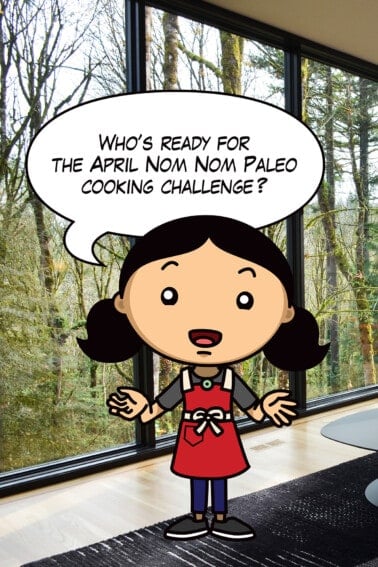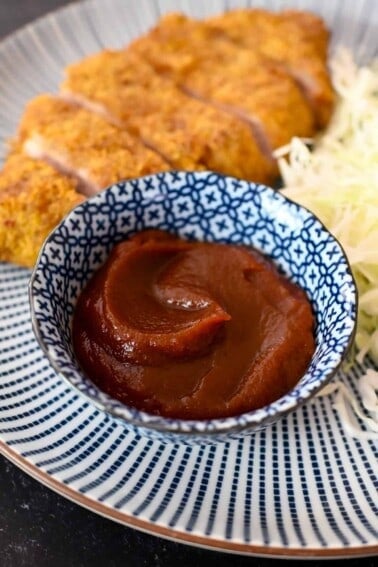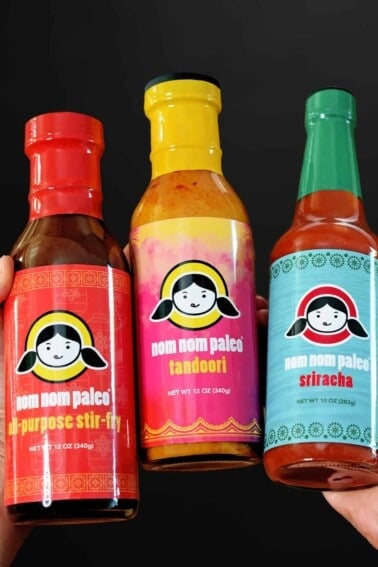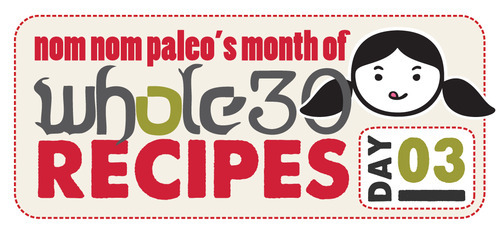
Now that we’ve mastered Ghee and Paleo Mayonnaise, let’s move onto another fundamental building block: Hard boiled eggs.

Looks like a simple thing to master, right? But looks can be deceiving. All too often, hard-boiled eggs turn out crumbly and impossible to peel, leaving you with unsightly pock-marked eggs.
And then there’s this:
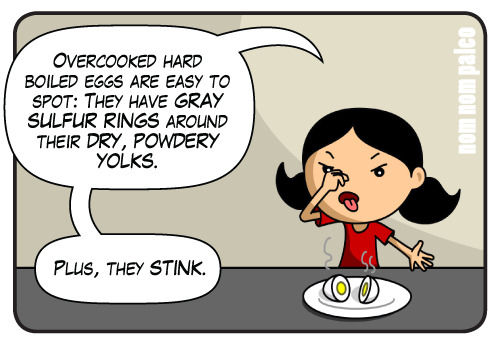
This is why hard boiled eggs get a bad rap. You’re familiar with that sulfurous Yoda-green ring around the yolk, right? Chemically speaking, when eggs are overcooked, the sulfur and hydrogen in the egg white form hydrogen sulfide, which in turn reacts with the iron in the yolks to form ferrous sulfide – a.k.a. the ugly, smelly gray-green stuff. It’s totally harmless, but it makes your eggs less than appetizing.
In contrast, properly-cooked hard boiled eggs are odorless, perfectly peelable, and feature yolks that are nothing but a bright, sunny yellow. And let’s face it: To be a true kitchen ninja, you need to know how to consistently turn out perfectly-formed hard boiled eggs that everyone wants to eat.
Ready?
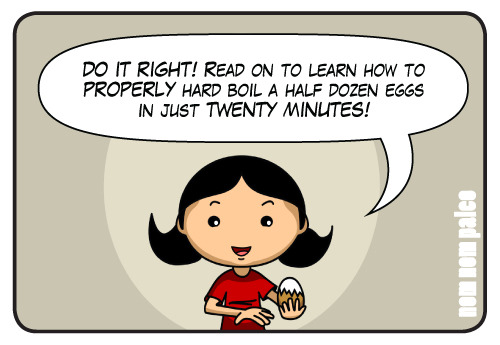
Lucky for you, my handy-dandy recipe for Perfect Hard Boiled Eggs is right over yonder. Go check it out, and then come back for the full scoop. I’ll wait.
Ready?
You’ll notice that I’ve incorporated a few little tricks in my recipe:
- I use eggs that aren’t super-duper fresh, and add a bit of baking soda to the water;
- I poke little pinholes into the “bottom” of each egg before cooking them; and
- I bring both the eggs and water to a boil simultaneously (rather than putting the eggs in already-hot water), and I quickly halt the cooking process once the eggs are done.
Here’s why:
1. Older eggs are easier to peel – and a bit of baking soda also helps the shells slide off.
Yes, we all love farm-fresh pastured eggs. But as eggs age, they actually lose a bit of moisture through the itty-bitty pores in their shells, thus creating a bigger cushion of air between the inner and outer membranes of the egg. The USDA (yes, the eeeevil USDA) explains that “the air cell, found at the large end of the shell between the shell membranes, increases in size the longer the raw egg is stored. As the contents of the egg contracts and the air cell enlarges, the shell becomes easier to peel.”
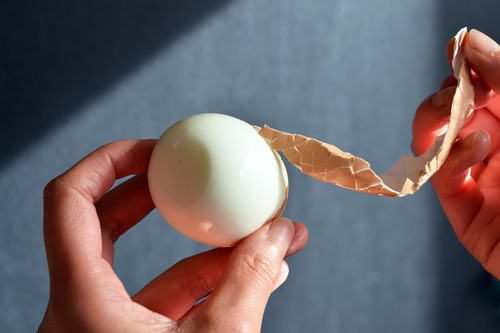
More importantly, the longer they sit, the more the eggs increase in pH level (in other words, it gets more basic as opposed to acidic), which results in a weaker attachment between the egg and the shell. As food science genius Harold McGee wrote in On Food and Cooking, “[d]ifficult peeling is characteristic of fresh eggs with a relatively low albumen pH, which somehow causes the albumen to adhere to the inner shell membrane more strongly than it coheres to itself.”
As McGee puts it: "The best guarantee of easy peeling is to use old eggs!”
In the same way, baking soda helps to separate the egg from the shell. A little sodium bicarbonate in the cooking water makes it alkaline, which in turn draws some of the water content in the egg through the shell and into the pot.
2. The pinholes help to further separate the eggs from their shells – and to keep the eggs from cracking during the cooking process.
Pricking a tiny hole in each egg allows the water to enter during the cooking process, which further separates the egg from the inner shell membrane. It also equalizes the pressure inside and outside the shell, which keeps it from cracking prematurely.
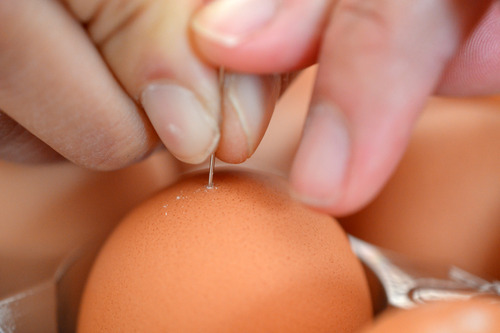
3. By starting the eggs in cold water and icing them at the end, you help keep the eggs from overcooking.
Remember what we said about the danger of overcooking your eggs? If you plop eggs into water that’s already boiling, you’ll wind up cooking your eggs at 212°F – far too hot for a properly cooked egg. Plus, at that temperature, the insides of the eggs will come to a full boil, and the resulting bubbles will crack the shells. And we’re not making egg drop soup, people.
The better approach is to heat the eggs along with the water. By removing the pot from the heat as soon as the water comes to a boil, the insides of the eggs don’t go above 160°F or so – an ideal temperature for hard boiled eggs.
Lastly, the ice bath at the end also helps to ensure that the eggs don’t continue (over)cooking. (Some also say that the ice bath helps “shrink” the eggs from the shell and make ‘em easier to peel, too.)
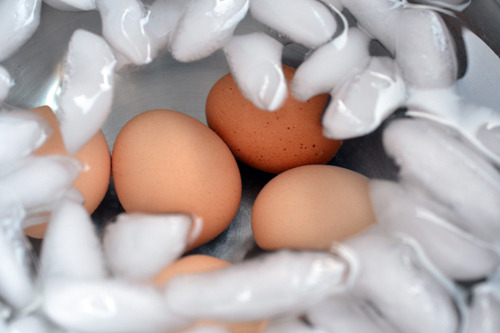
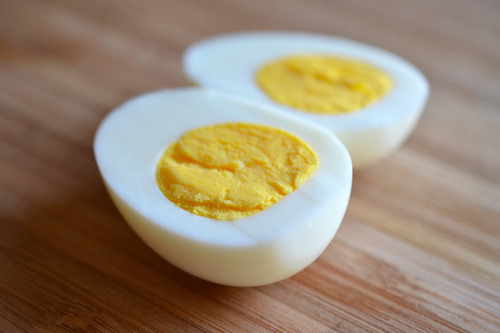
Hard boiled eggs are the epitome of emergency protein – my term for quick, accessible forms of protein that can be thrown together with other ingredients in a pinch to produce a well-balanced meal or snack. Plus, they keep in the fridge for up to a week.
With Perfect Hard Boiled Eggs, you can whip up a classic egg salad…
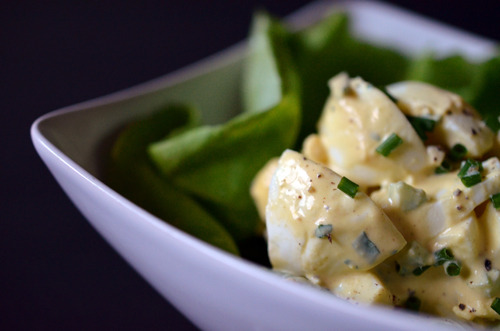
…adorn a Crab Louie…
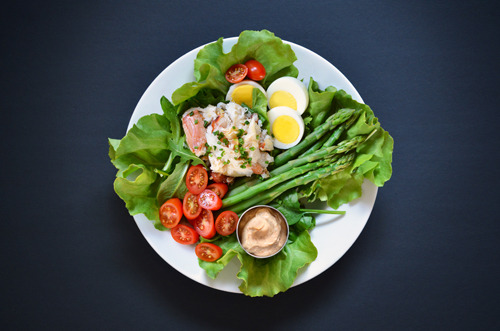
…push it through a sieve to garnish a plate of roasted asparagus or Brussels sprouts…


…or you simply halve them and smear on spiced mayo.
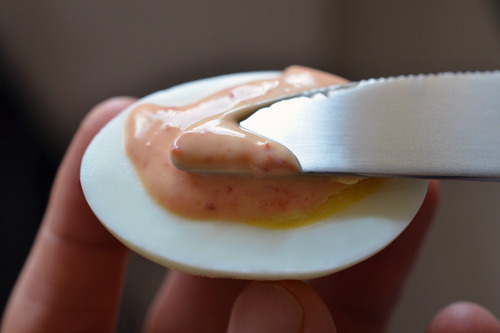
Eggs are inexpensive, versatile, and nutrient-dense – and don’t be afraid to eat the yolks, cholesterol-phobes.
This is just one of zillions of methods for cooking “perfect” hard-cooked eggs. In fact, my buddies Ann Wendel of Prana Physical Therapy and Laura Pazzaglia of Hip Pressure Cooking make their “perfect” eggs in a steamer and pressure cooker, respectively. If you’ve got additional tips and tricks for perfecting hard cooked eggs, please leave them in the comments!
(Update on 6/13/14: Serious Eats just posted The Food Lab’s definitive method to boil eggs. Mind blown.)
Now, go forth and cook some eggs!
Looking for more recipe ideas? Head on over to my Recipe Index. You’ll also find exclusive recipes on my iPad® app, and in my cookbook, Nom Nom Paleo: Food for Humans (Andrews McMeel, December 2013)!

